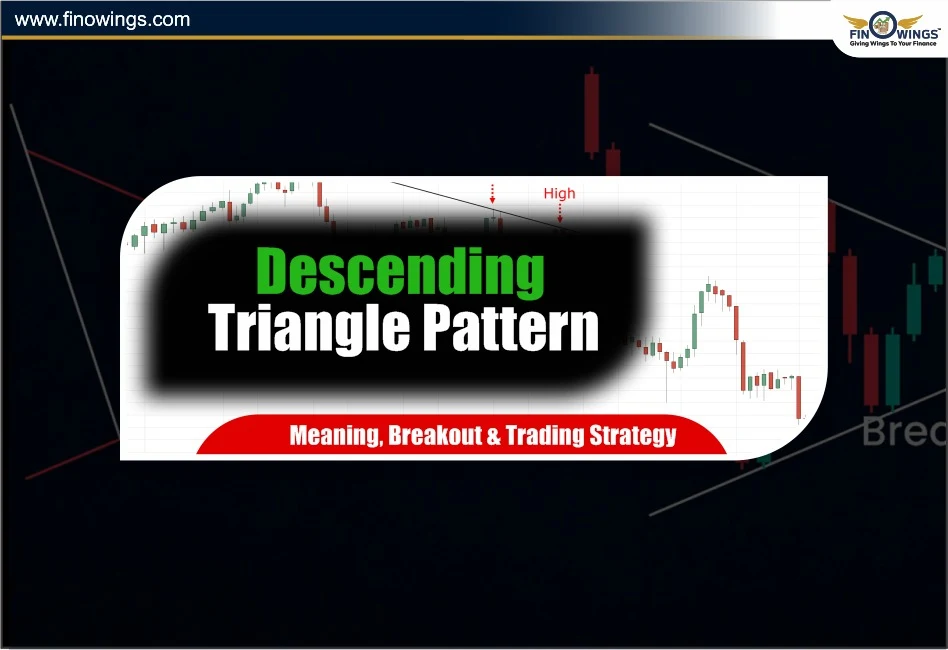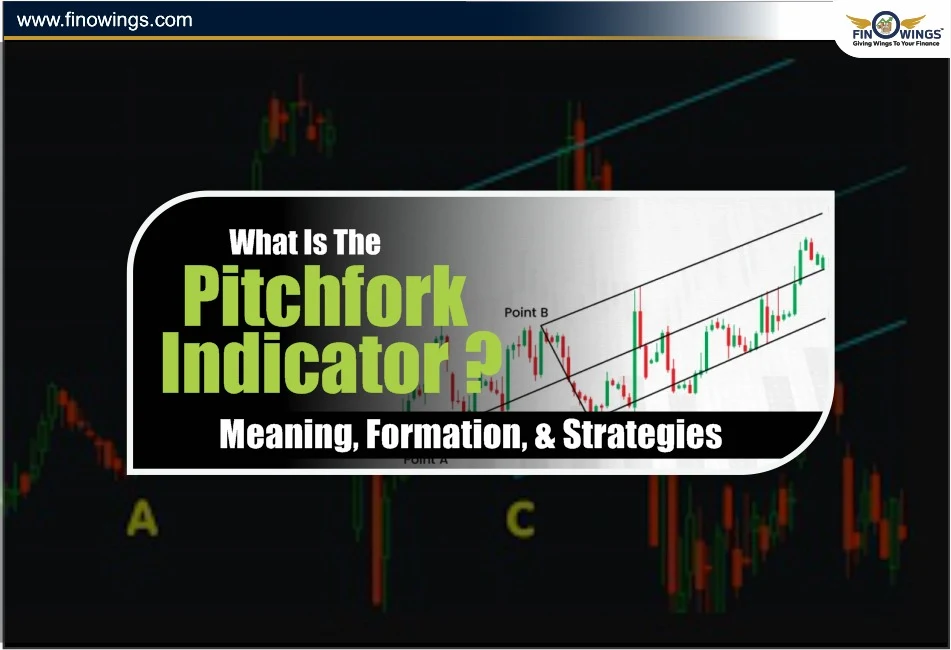Home >> Blog >> Pre-Open Market Session Explained: A Beginner’s Guide
Pre-Open Market Session Explained: A Beginner’s Guide

Table of Contents
- What Is Pre Market Session (What Is Pre Open Market Session)
- Purpose of the Pre-Market Session
- Structure of the Pre-Open Market Session
- Pre-Market Trading Hours Around the World
- Who Trades During the Pre-Open Market Session?
- Benefits of Pre-Market Trading
- Risks of Pre-Open Market Trading
- Tips for Beginners
- Illustration of Pre-Market Activity
- Conclusion
When the stock market opens, there are no prices with buy and sell orders matched. Before regular trading begins, there is an early phase where buy and sell orders are matched. The Pre-Open Market Session is intended to reduce market volatility and offer a smoother trading day.
In this article, we will simplify what is the pre-market session, how it works, pre market trading hours, and how an investor can best take advantage of it.
What Is Pre Market Session (What Is Pre Open Market Session)
Placed, changed and cancelled orders are still accepted during the pre-open market session. Before the day starts, traders and investors are still granted extra time for finalising their trades for the day. In India, the NSE and BSE pre-open market stock exchanges are open from 9:00 AM to 9:15 AM.
This 15-minute period helps to gather on market supply and demand to control prices for each stock before the market opens at 9:15 AM.
Purpose of the Pre-Market Session
A stock premarket phase was designed to ease the impact of news collected overnight and smooth the opening of the day’s trading session. It helps:-
1. Closing Volatility – Timed news and global events can cause sharp reactions at market open. The pre-open mechanism absorbs these reactions early.
2. Equilibrium Price – The session determines a fair opening price by matching buy and sell orders.
3. Closing Liquidity – It gives institutional and retail investors a window to adjust their trades before the chaos of the market open.
4. Transparency – Seeing indicative prices before 9:15 AM gives all investors a benchmark level of price predictability.
Structure of the Pre-Open Market Session
To illustrate the Indian exchanges’ pre-market session:-
|
Stage |
Time (IST) |
Description |
|
Order Entry Period |
9:00 AM – 9:08 AM |
Investors can place, modify, or cancel orders. |
|
Order Matching & Equilibrium Price Calculation |
9:08 AM – 9:12 AM |
Exchange matches orders and determines an equilibrium (opening) price. |
|
Buffer Period |
9:12 AM – 9:15 AM |
No new orders accepted; system stabilises before market open. |
Regular trading systems snap into operational mode after 9:15 AM IST.
How Are Prices Determined in the Pre-Open Market?
A call auction mechanism approaches a trading exchange pre-open.
Here’s how it works:-
-
All buy and sell orders are collected until 9:08 AM. The system then matches them to find a price at which the maximum number of shares can be traded.
-
When regular trading begins, this becomes the equilibrium price, or the opening price for the stock. If no trades are matched, the opening price will default to the previous day’s closing price.
Pre-Market Trading Hours Around the World
India has a pre-open window that is 15 minutes long, but in global markets, most markets operate for longer pre market trading hours:-
|
Market |
Pre-Market Hours (Local Time) |
|
India (NSE/BSE) |
9:00 AM – 9:15 AM |
|
US (NYSE/NASDAQ) |
4:00 AM – 9:30 AM |
|
UK (LSE) |
7:00 AM – 8:00 AM |
|
Singapore (SGX) |
8:30 AM – 8:59 AM |
These trading hours allow cross-border traders to respond to overnight market-moving news or macroeconomic releases.
To prevent losing out on chances, it's equally crucial to keep up with market holidays before making trade plans. To efficiently arrange your trading calendar, see our comprehensive guide on Stock Market Holidays.
Who Trades During the Pre-Open Market Session?
-
The pre-market session is for both retail and institutional investors. Retail investors plan to use the session to enter and adjust limit orders in the system.
-
Due to important news releases, earnings releases, or shifts in the macroenvironment, institutional investors use the pre-market session to rebalance their portfolios.
-
However, before attempting to place orders during the pre-open time, always check with your trading desk as not all brokers allow stock pre-market trading for all client groups.
-
Your order is submitted and will remain in line until the system computes the equilibrium price.
-
Once regular trading sessions have commenced, the order you placed will be executed automatically at the price that is matched to it.
Note: If your order was placed during the pre-open trading session and did not match within that time period, it will still carry over to the regular trading session.
Benefits of Pre-Market Trading
1. Early Access to News
You have the chance to react to corporate announcements and earnings reports that have come in overnight and global cues before the market opens for the day.
2. Efficient Price Discovery
During the pre-open session, you can minimise the price shocks that may occur when the market opens as prices become more predictable.
3. Transparency
You can see the indicative opening price as well as the demand and supply information which allows for better planning for the day.
4. Stability
Pre-open trading stabilises volatility, especially after market-moving events, such as global market crashes and policy announcements.
Risks of Pre-Open Market Trading
Having the ability to trade during pre-open hours can pose a few risks that you need to be aware of such as:-
Lower Liquidity – The consequence of having fewer market participants is wider bid-ask spreads.
Higher Price Gaps – Prices of stocks may move in unpredictable ways and lose value due to low trading volumes.
Execution Uncertainty – Your order may not be filled if there is an imbalance in the demand and supply.
Beginners should use limit orders instead of market orders during the pre-open phase.
Tips for Beginners
-
Don't trade quickly when the market is pre-open during the price-discovery phase.
-
Pay attention to global pre-market indicators such as NASDAQ or SGX Nifty.
-
Use limit orders to set your entrance price.
-
Look for significant announcements made after the market closes. These announcements largely influence pre-open market volatility.
Illustration of Pre-Market Activity
-
Imagine a company releases a strong quarterly report after the market has closed.
-
When the pre-open market session starts, a large number of buy orders come in.
-
The price equilibrium set during the session will be higher than the close from the day before, and the stock will open with a gap-open, and the market will start.
Conclusion
Knowing what is pre-open market session is allows traders to make better decisions before live trading starts. Fair price discovery and early positioning is to be made in the pre-market. Even new traders can use pre-market trading hours to their advantage, along with the order-matching rules and the risks to smartly manage their trades. If you want to enhance your market timing skills, understanding how the pre-open market session works is a wonderful place to begin.
DISCLAIMER: This blog is NOT any buy or sell recommendation. No investment or trading advice is given. The content is purely for educational and information purposes only. Always consult your eligible financial advisor for investment-related decisions.
Author
Frequently Asked Questions
The pre-open market session is a short period before regular trading starts, allowing traders to place orders and determine opening prices.
The pre-open market session runs from 9:00 AM to 9:15 AM, divided into order entry, order matching, and buffer periods.
It helps reduce volatility and ensures fair price discovery before the official market opening.
Yes, investors can place buy or sell orders, modify or cancel them during the pre-open market session.
Prices set in the pre-open session often determine the stock’s opening rate, reflecting early market sentiment and overnight news impact.






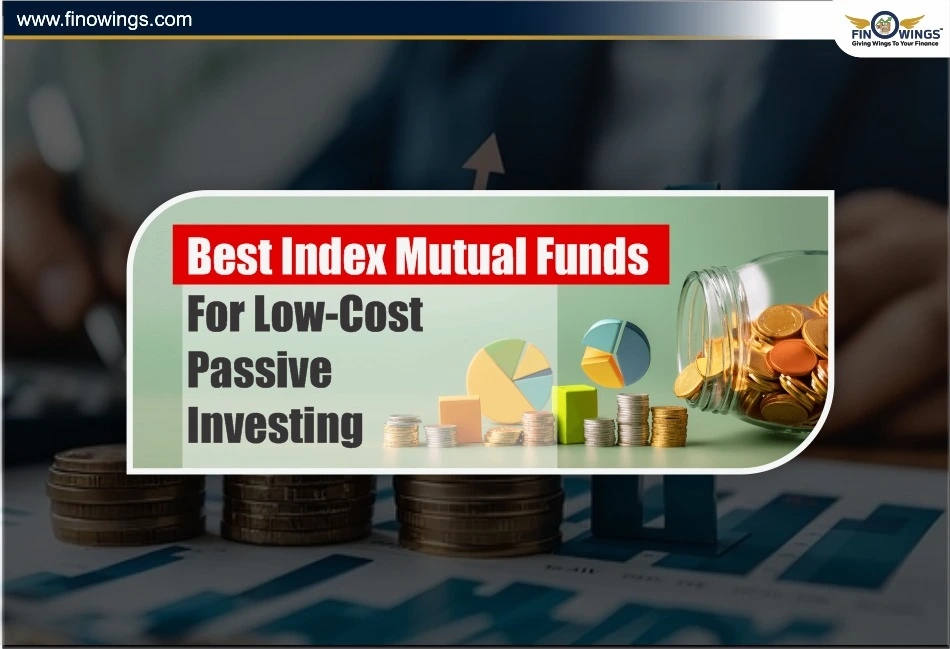

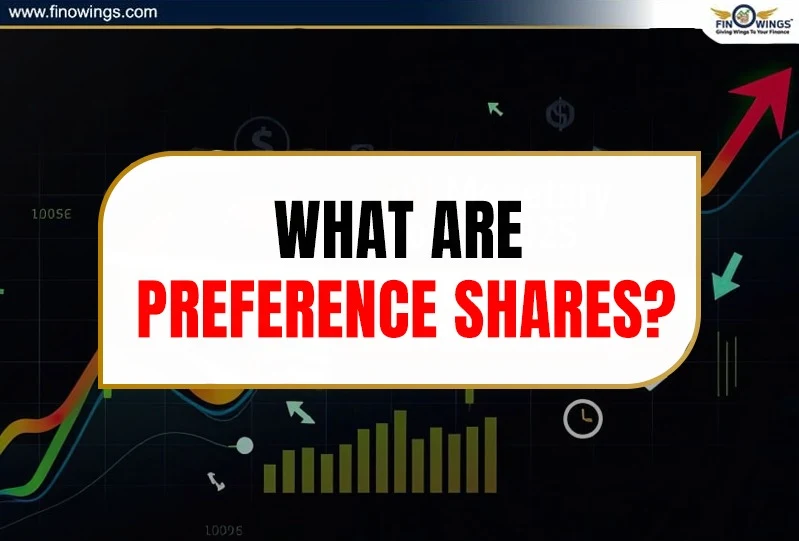




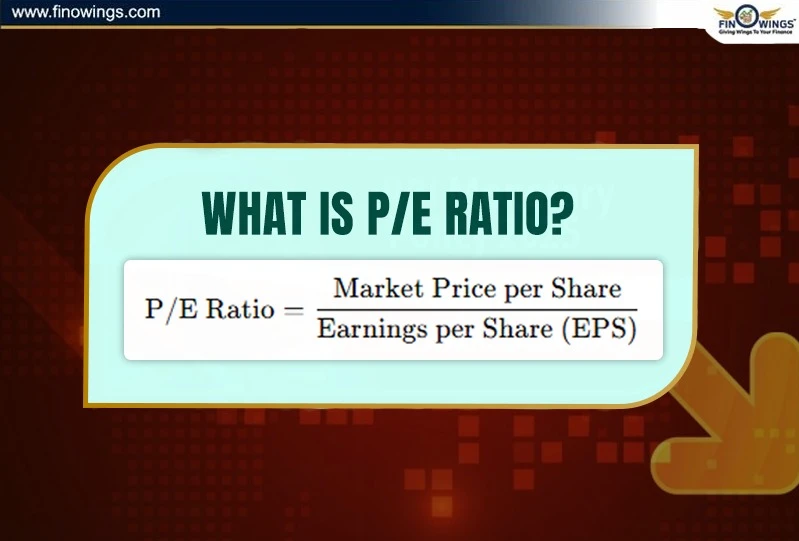
.webp)
